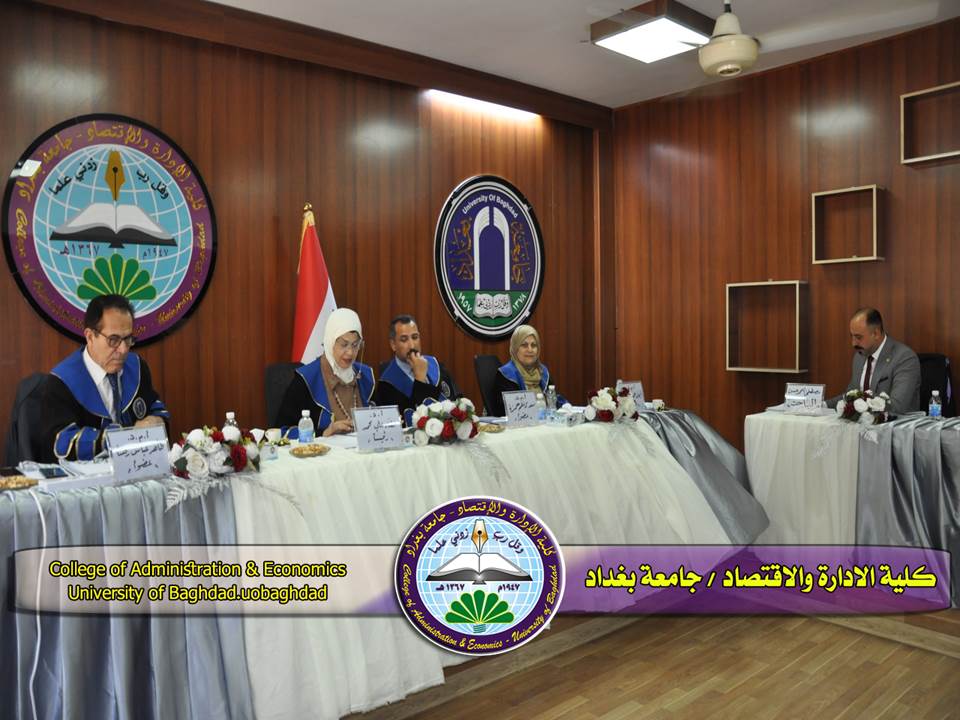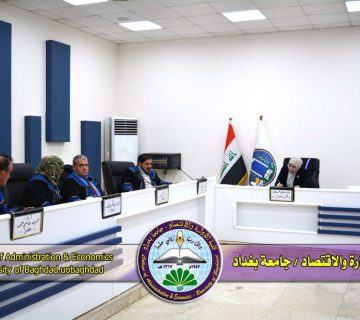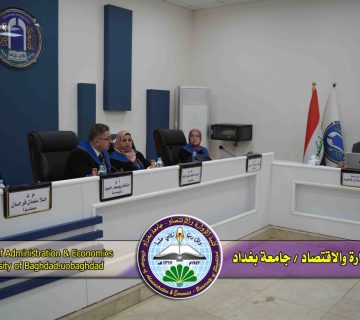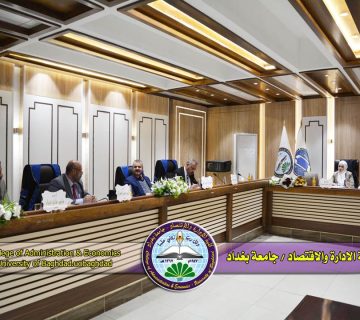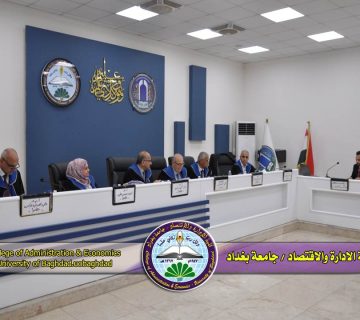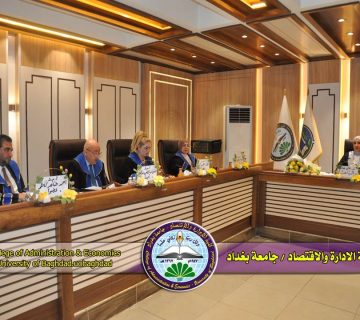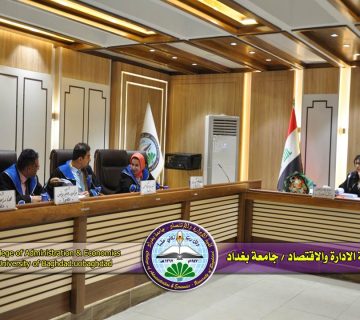The College of Administration and Economics at the University of Baghdad discussed , a master’s thesis in field of statistics by the student (Mustafa Ahmed Hassan) and tagged with ( Building and estimating a Robust model of multidimensional poverty) , Under supervision of (Assist.Prof Dr. Eman Muhammad Al-Mashhadani )
Most of the studies that dealt with the analysis of the phenomenon of poverty in Iraq and modeling its determinants, were based on the one-dimensional methodology (physical methodology) in measuring poverty rates and describing its features, and this approach, despite its importance, does not take into account other dimensions contributing to the formation of the phenomenon of poverty, which is no less important than the monetary dimension. In addition to the fact that policies that were based on the spatial distribution of resources to achieve equality led to the creation of a development gap between the provinces of Iraq in Various aspects, especially in aspects of health, education and living standards, this cannot be reflected in the monetary measures of poverty. In addition, most of these measures are highly sensitive to the fluctuations and events experienced by Iraq during the past two decades, which is explained by the continuous rise in poverty rates despite the implementation of programs and strategies to reduce poverty rates in Iraq.
Through this study, the researcher seeks to measure poverty and its sub-indicators through the design of a multidimensional guide consisting of 14 indicators distributed on three main dimensions (education, health and standard of living) to measure and estimate multidimensional poverty in Iraq and its sub-indicators, at the national level as well as at the governorate level, using the methodology of (Alkire- Foster Method) to measure poverty, and test the reliability and robustness of these capabilities and their sensitivity to fluctuations and events in the future, by making a change in the values of some parameters, and in order to diagnose this phenomenon and analyze its causes, some of the determinants of poverty are modeled using generalized linear models (GLMs).
The study based its results on the data of the Multiple Indicator Cluster Survey in its sixth round of 2018 (MICS-6), and using the “STATA” statistical software package provided by Stata Corp as well as the “Microsoft Excel”.
Based on these calculations, the study concluded that more than a quarter of the population in Iraq suffers from multidimensional poverty, as the poverty rate within the multidimensional context indicated that there is a deprivation that included (27%) of the Iraqi population in the three dimensions, with an intensity of poverty (43.5%) of the proposed indicators, while the multidimensional poverty index at the national level amounted to (11.7%). The highest deprivation rate was recorded in Maysan governorate (18.99%) and the lowest in Kirkuk governorate (7.08%). At the level of urban and rural environments, the results showed that the value of the multidimensional poverty index in urban areas reached (9.3%) compared to (17.2%) in rural areas.


